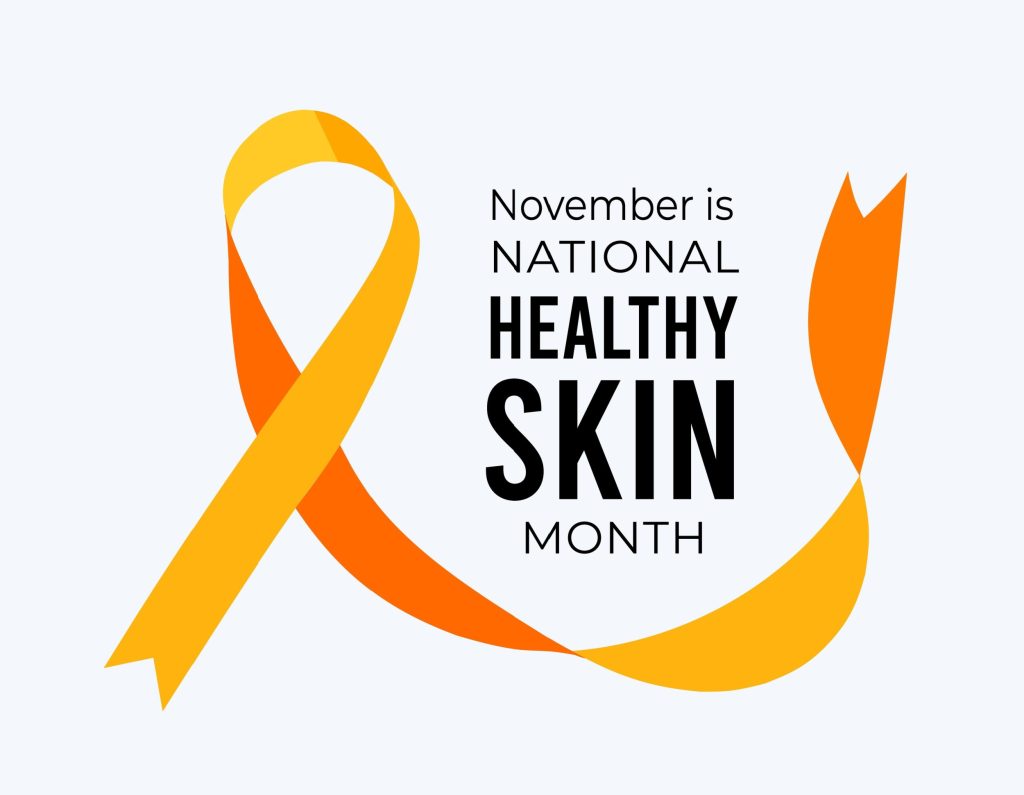
If you are in pursuit of living a healthy lifestyle, you are likely to pay attention to particulars such as your diet, daily routine, and sleep habits. Especially as Floridians, we spend a lot of time outdoors. If you aren’t protecting yourself from the sun, you may be at risk of developing health issues, namely skin damage, and skin cancer.
Many have questioned whether or not you can build up a tolerance to the sun, get a “sun callus” or “solar callus,” a safe tan, or load up on vitamin D from the sun. The quick answer to all of these questions is no – you cannot and should not build any sort of tolerance to the sun, as this can lead to skin cancer. Additionally, while sun exposure is a natural and primary source of vitamin D for the human body, it can also be dangerous to the skin if you spend prolonged and unprotected time in the sun. Last, there is no such thing as a safe tan. Let’s explore each topic a little further below.
Can You Build Up a Tolerance for Sun Exposure?
Many wonder whether our bodies can adapt to increased sun exposure. Building a tolerance for sun exposure is not possible, and the notion of a safe or healthy tan is a misconception. The Skin Cancer Foundation confirms that ultraviolet (UV) radiation from the sun is a human carcinogen. Both a tan and sunburn indicate DNA injury to the skin, emphasizing the importance of consistent sun protection. It’s crucial to understand that sun damage is cumulative, meaning that even a few minutes of unprotected exposure each day can elevate the risk of skin cancer and premature skin aging. Sun protection is essential for maintaining skin health.
Examples of sun protection include:
Sunscreen: Applying a broad-spectrum sunscreen with a sun protection factor (SPF) of at least 30 helps protect your skin from both UVA and UVB rays. Remember to reapply every two hours, especially after swimming or sweating.
Clothing: Wearing protective clothing, such as long-sleeved shirts, pants, and wide-brimmed hats, provides a physical barrier against UV rays. Some clothing is designed with UPF (ultraviolet protection factor) to offer additional sun protection.
Sunglasses: UV-protective sunglasses shield your eyes from harmful UV radiation, reducing the risk of cataracts and other eye conditions.
Seeking Shade: Limiting direct sun exposure, especially during peak hours between 10 a.m. and 4 p.m., can reduce the risk of sunburn and skin damage.
Avoiding Tanning Beds: Tanning beds emit UV radiation and can increase the risk of skin cancer. Avoid using them as part of your sun protection strategy.
Sun-Protective Accessories: Consider using umbrellas or other sun-protective accessories to create additional shade and reduce direct sunlight exposure.
Choosing the Right Time for Outdoor Activities: If possible, plan outdoor activities in the early morning or late afternoon when the sun’s intensity is lower.
Regular Skin Checks: Monitor your skin for any changes, such as new moles or alterations in existing ones, and consult a dermatologist if you notice anything suspicious.
By combining these sun protection measures, you can minimize the risks associated with excessive sun exposure and maintain healthy skin.
Can You Load Up on Vitamin D from the Sun?
In short, no, you should not “load up” on vitamin D from the sun. It’s true that vitamin D is essential for our well-being, and the sun is a natural limited source of this vital nutrient. However, prolonged sun exposure comes with many risks. It’s important to note that the amount of vitamin D produced through sun exposure can depend on various factors, including the time of day, season, geographical location, and skin pigmentation. However, despite the benefits of sun exposure for vitamin D synthesis, it’s equally, if not more important to practice sun safety and avoid excessive exposure, which can lead to sunburn and increase the risk of skin cancer.
To receive vitamin D safely, consider alternative sources such as dietary supplements, fortified foods, and fatty fish. This allows you to maintain optimal vitamin D levels without subjecting yourself to the potential dangers of excessive sunlight.
Can You Develop a Sun Callus?
The term “sun callus” is not a medically recognized or accurate term. There is no physiological process in which the skin develops a callus as a protective response to sun exposure.
A callus is typically a thickened and hardened area of skin that forms in response to repeated friction, pressure, or irritation. Calluses commonly develop on the hands or feet as a protective mechanism. However, the term “sun callus” does not correspond to any scientifically documented phenomenon.
It’s important to note that while the skin can undergo certain changes due to sun exposure, such as tanning or sunburn, these are not equivalent to the formation of a callus. Prolonged or excessive sun exposure can lead to various skin issues, including premature aging, sunburn, and an increased risk of skin cancer.
To maintain healthy skin, it’s recommended to practice sun protection, including using sunscreen, wearing protective clothing, and avoiding prolonged exposure to direct sunlight. If you have specific concerns about changes in your skin, it’s advisable to consult with a dermatologist for a professional evaluation.
Is There Such Thing as a Safe or Healthy Tan?
No, there is no such thing as a safe or healthy tan. Tanning is a result of the skin’s response to exposure to ultraviolet (UV) radiation, whether from the sun or artificial sources like tanning beds. UV radiation damages the DNA in skin cells, leading to changes that can increase the risk of skin cancer.
A tan is essentially the skin’s attempt to protect itself from further damage by producing more melanin, the pigment responsible for skin color. While a tan may be cosmetically desired by some, it indicates harm to the skin.
As mentioned above, UV radiation is a known carcinogen, and overexposure to the sun or tanning beds can contribute to various skin issues, including:
Skin Cancer: Prolonged exposure to UV radiation is a major risk factor for skin cancers, including melanoma, basal cell carcinoma, and squamous cell carcinoma.
Premature Aging: UV exposure accelerates the aging process of the skin, leading to wrinkles, fine lines, and age spots.
Weakening of the Immune System: Excessive UV exposure can suppress the immune system, making the skin more vulnerable to infections and diseases.
To protect your skin and reduce the risk of harmful effects, it’s essential to practice sun safety, including wearing sunscreen with a high SPF, seeking shade, wearing protective clothing, and avoiding tanning beds. Embracing sunless tanning alternatives, such as self-tanning lotions, is a safer way to achieve a tan without exposing the skin to harmful UV radiation.
Understanding the nuances of sun exposure is key to maintaining a healthy lifestyle. In this, we must remember that there is no such thing as building up tolerance to the sun, a safe tan, a “sun callus,” or loading up on vitamin D from the sun. Exposure to UV radiation from the sun poses serious risks, including an increased likelihood of skin cancer, premature aging, and other skin disorders. Skin is our body’s largest organ, and its protection is paramount to our overall health. By adopting sun-safe practices, we not only shield ourselves from potential harm but also promote long-term skin health, preventing conditions that may arise from prolonged or intense UV exposure. Prioritizing sun safety is an investment in our well-being, ensuring that our skin remains resilient and free from the potentially severe consequences of excessive sun exposure.
Contact FLDSCC for All Your Skin Care Needs
Florida Dermatology and Skin Cancer Centers provides a full spectrum of dermatology and skin care services, and its team of physicians, APRNs, and PAs are experts in diagnosing and treating skin cancers with the latest technological options. Medical Director, Dr. K. Wade Foster, is fellowship-trained in Mohs surgery, the most effective technique for most types of skin cancers, with minimal scarring or risk.
For more information about the services that Florida Dermatology and Skin Cancer Centers provides, or to make an appointment for a skin exam, visit www.fldscc.com or contact us at (855) FLD-SKIN.


